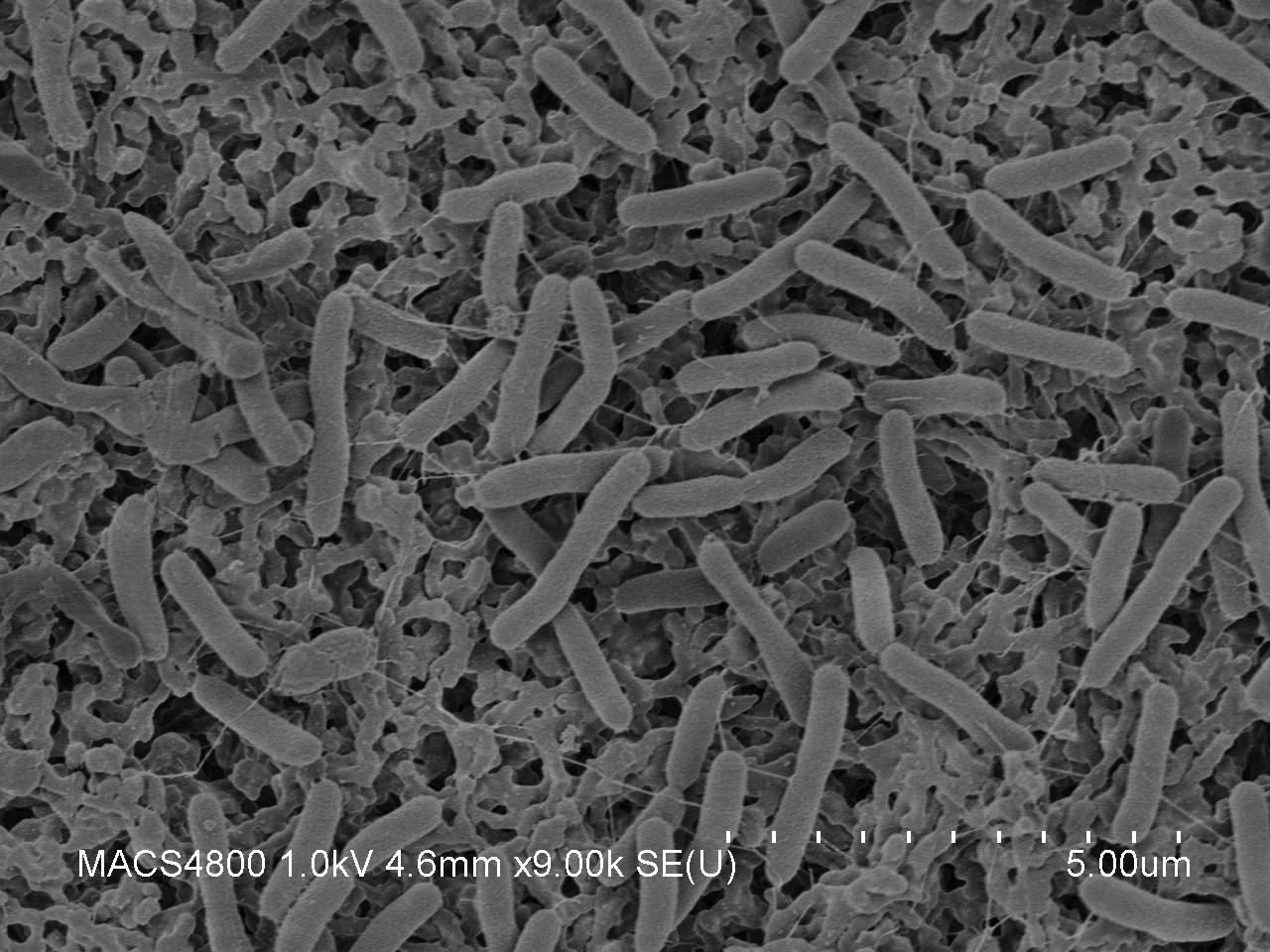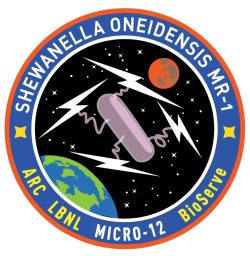Micro-12 (SpaceX-15)
Investigating the Physiology and Fitness of an Exoelectrogenic Organism Under Microgravity Conditions
Micro-12 is a life science research mission that will investigate the effects of spaceflight on the physiology of Shewanella oneidensis MR-1, a species of bacteria that has the potential to be a part of the next generation of biologically-based life support systems. The study is planned to launch to the International Space Station (ISS) aboard SpaceX-15 in June 2018.
Shewanella oneidensis MR-1 is a bacterium with a unique metabolism. While most organisms need oxygen for respiration in order to convert food into energy that can be used by cells, S. oneidensis MR-1 can use metals to facilitate this conversion instead. It can do this using nanowires – tiny extrusions that extend from its membrane and transport electrons out of the cell and to the metal surface – and generates electric currents in the process. This special electricity-generating ability means that S. oneidensis MR-1 could potentially be used to build bioelectrochemical systems that treat waste water, generate power, or synthesize useful chemicals. These abilities would be useful on Earth but may be especially useful in spacecraft, particularly for future missions to the Moon or Mars.
Although the unique abilities of S. oneidensis MR-1 show potential for practical use in space, currently there is little known about the effects of the space environment on this organism. Micro-12 will address this gap by characterizing the growth, physiology, and biofilm development of S. oneidensis MR-1 onboard the ISS. Once brought back to Earth, the Micro-12 samples will be analyzed to identify genes, environmental conditions, and other factors that could contribute to S. oneidensis MR-1’s success in the space environment.
Results from this experiment will generate fundamental information on the effects of microgravity and the space environment on Shewanella oneidensis MR-1. This ground work will provide a foundation for the work of scientists aiming to create bioelectrochemical systems for advanced life support in space and on Earth.
Payload Manager: Elizabeth M. Pane, NASA Ames Research Center
Project Scientist: Fathi Karouia, Ph.D., FILMSS, NASA Ames Research Center
Science Lead: Michael Dougherty, Ph.D., FILMSS, NASA Ames Research Center
Principal Investigator: John A. Hogan, Ph.D., NASA Ames Research Center
Co-Investigator: Adam Arkin, Ph.D., E.O. Lawrence Berkeley National Laboratory
Co-Investigator: Adam Deutschbauer, Ph.D., E.O. Lawrence Berkeley National Laboratory
Flight Implementation Specialist: Luiz Zea, Ph.D., BioServe Space Technologies
Author: Yael Kisel
For more information, see the Space Station Research Explorer for the Micro-12 mission.


































